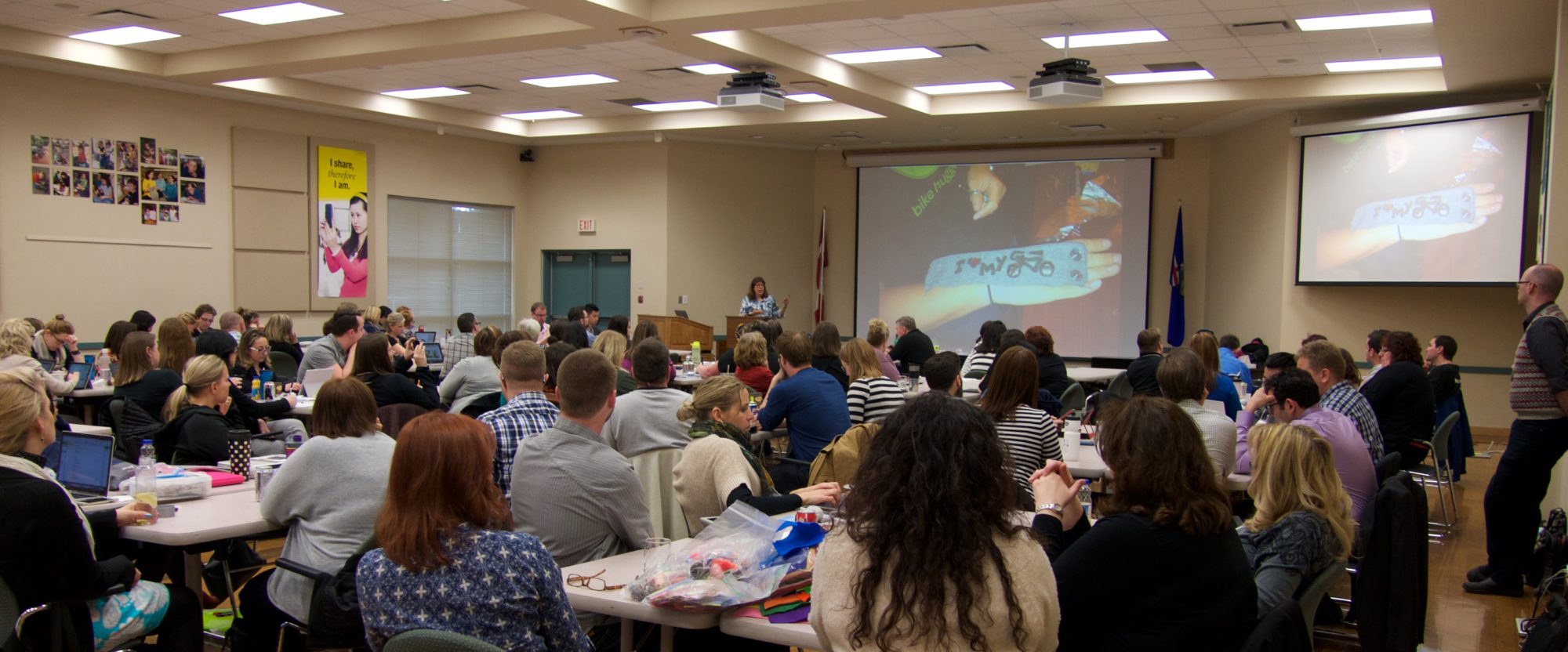The response to the last post Students are not the enemy has been pretty overwhelming.
The NYSCATE wiki for this presentation: The Enemy Within: Stop Students from Bypassing Your Web Filters has been edited by several people with very cogent comments asking the company and presenter to rethink a declaration of war on students.
My original posting was not a criticism of NYSCATE – which is one of my favorite ed tech conferences. Vendor-led sessions are a fact of life at any conference, often informative, and NYSCATE does a good job of identifying them as such.
A quick search on the Google reveals that this company has a whitepaper with the same title which can be found on several security industry websites. It’s also been a session (same title and description) at more than one ed tech conference in Texas.
So it’s clear in this case it’s not just a matter of a single regional company representative clumsily trying to come up with a catchy title for a session. This is a well-thought out marketing plan from this company.
Perhaps conferences should read ALL session descriptions a little more carefully to make sure they promote the values of the organizing body.
Because really, this attitude does not start with companies. Sales 101 is about reflecting the language and attitudes of your customers. They wouldn’t be saying it if they weren’t hearing it. Sales 102 is creating a climate of need, fear-based if necessary, that if you don’t have whatever they are selling, something horrible will happen.
Teachers, tech directors, and superintendents talk about what they want and need, and companies simply take those problems, what marketeers call “pain points” and find ways to frame their solutions with that language. Marketing is about talking your customers language, so when you hear language like this, as Pogo said, “We have met the enemy and he is us.”
Sylvia

 From ASCD –
From ASCD –